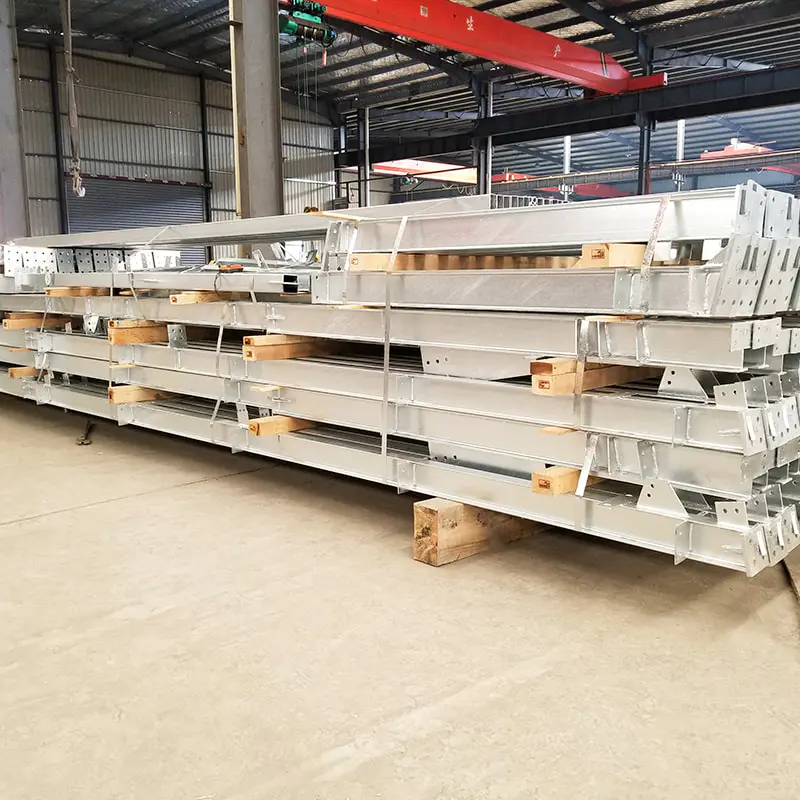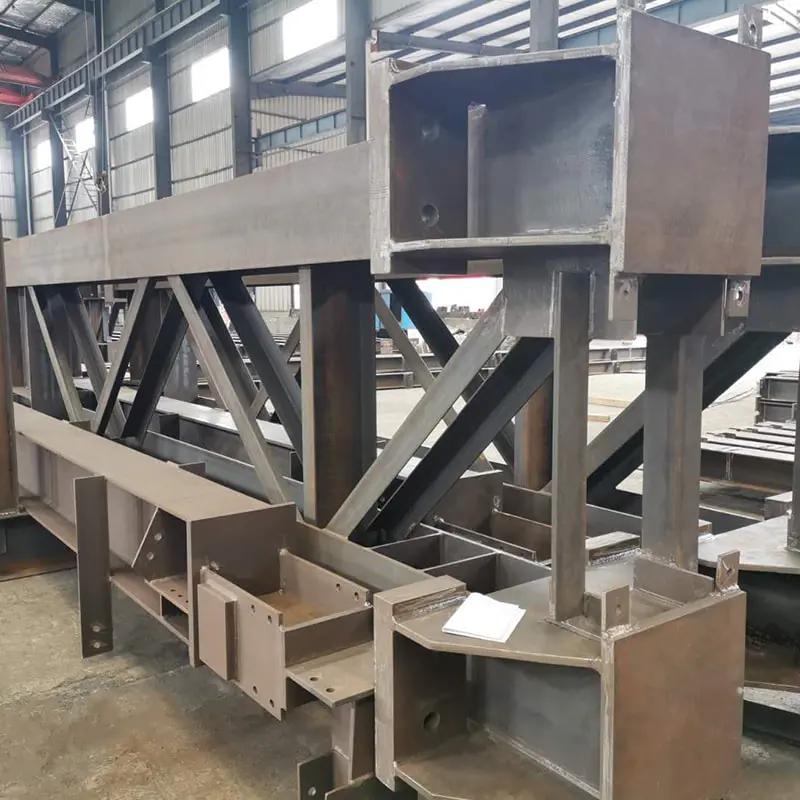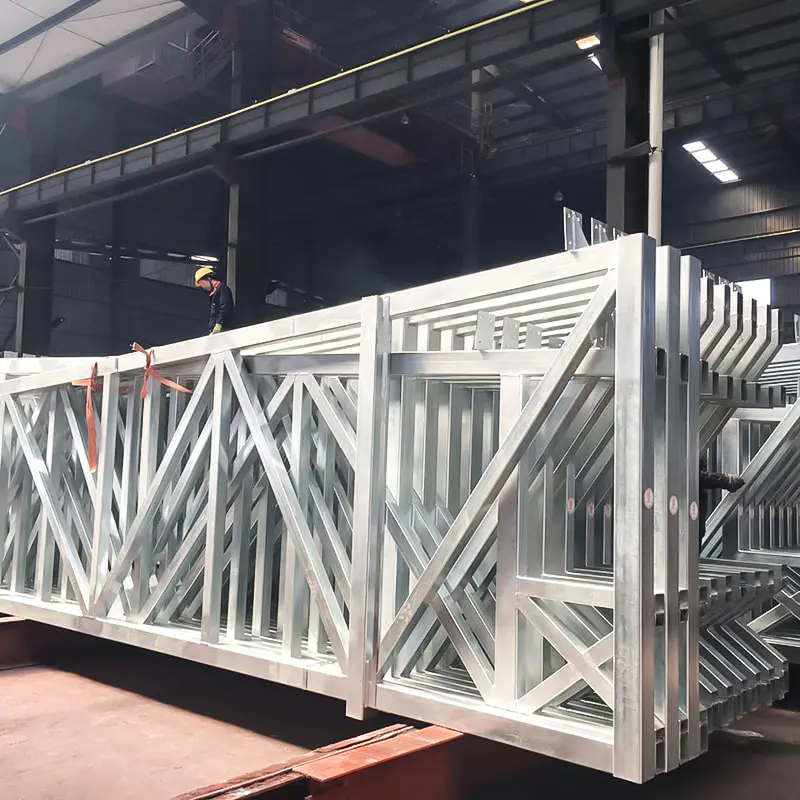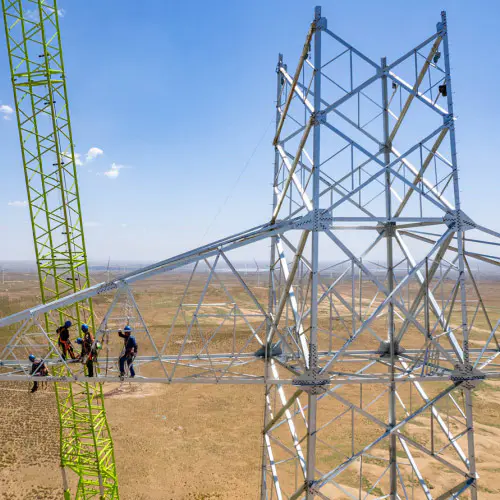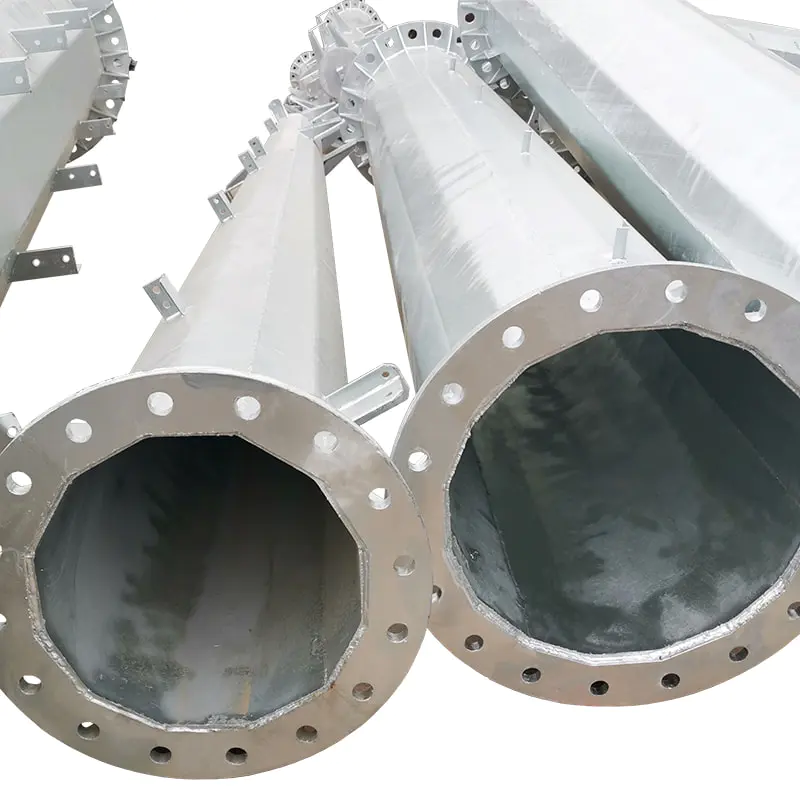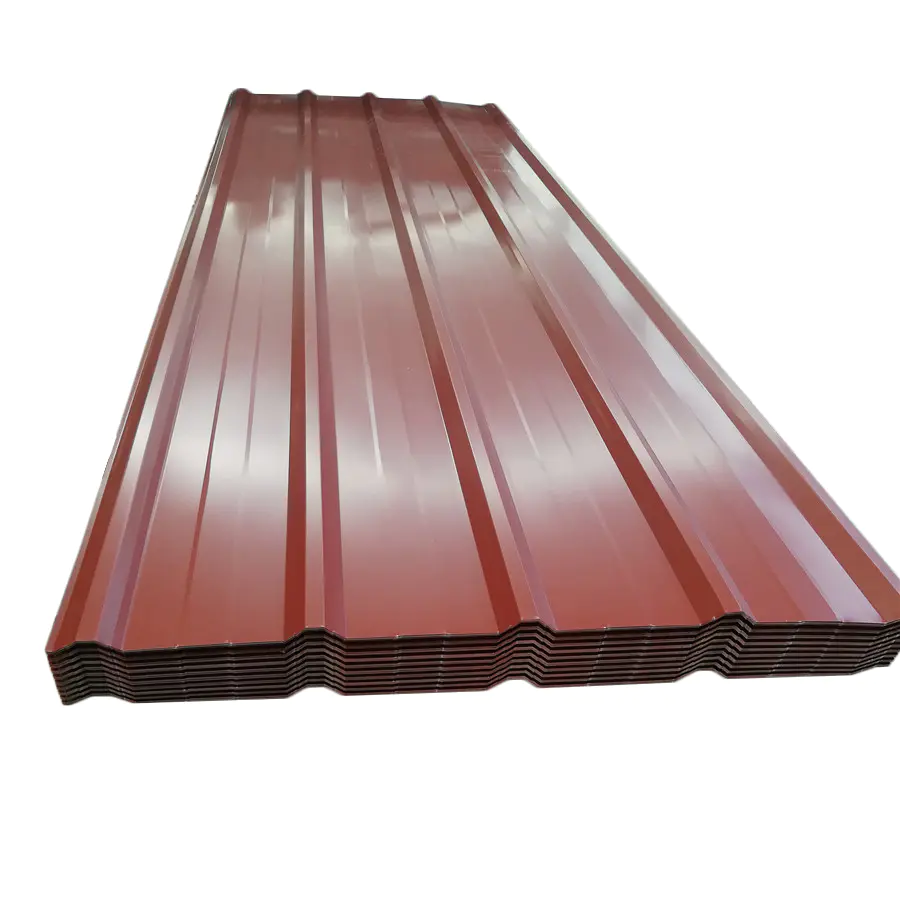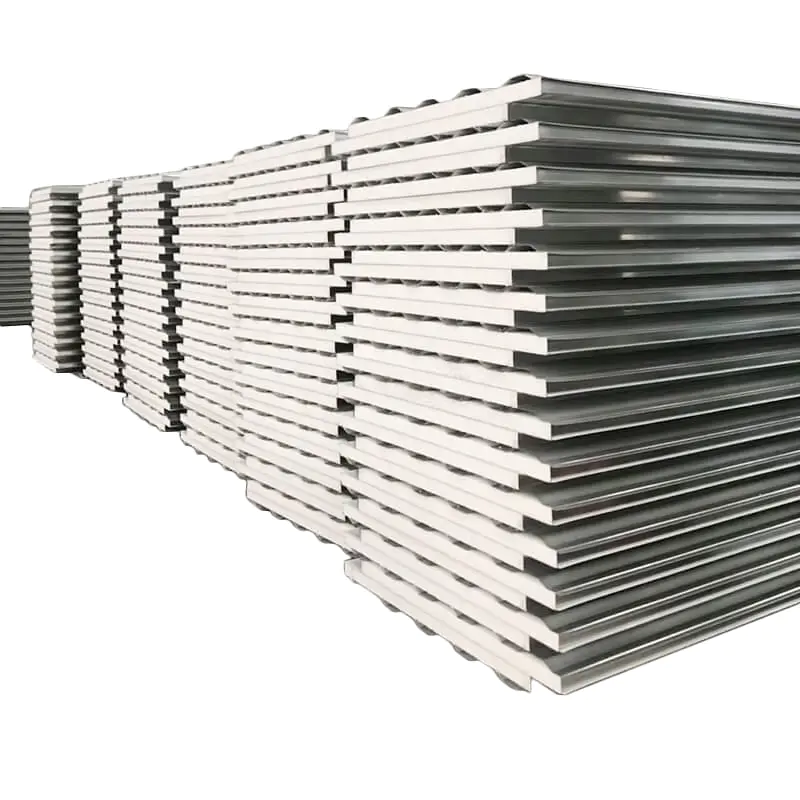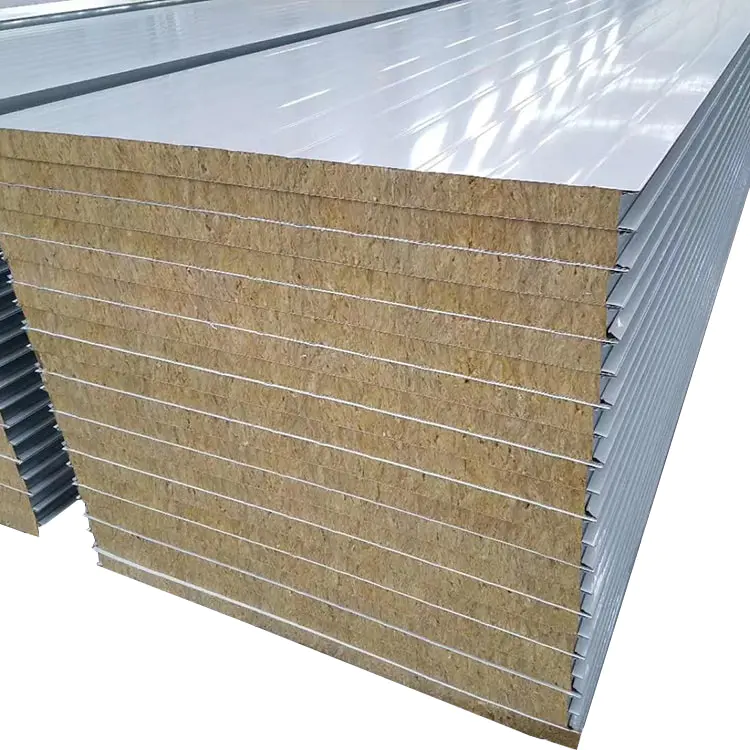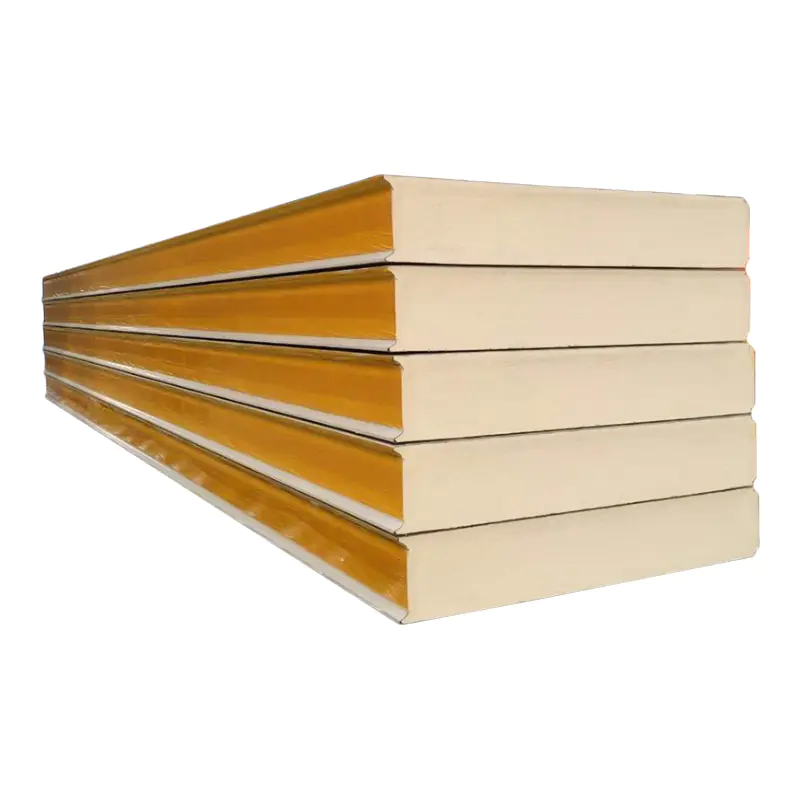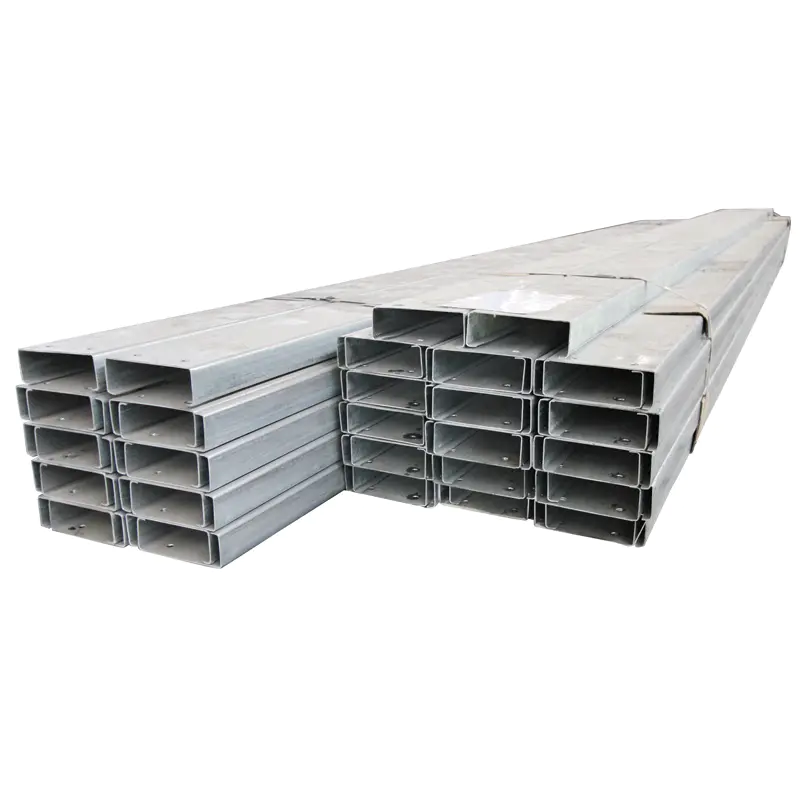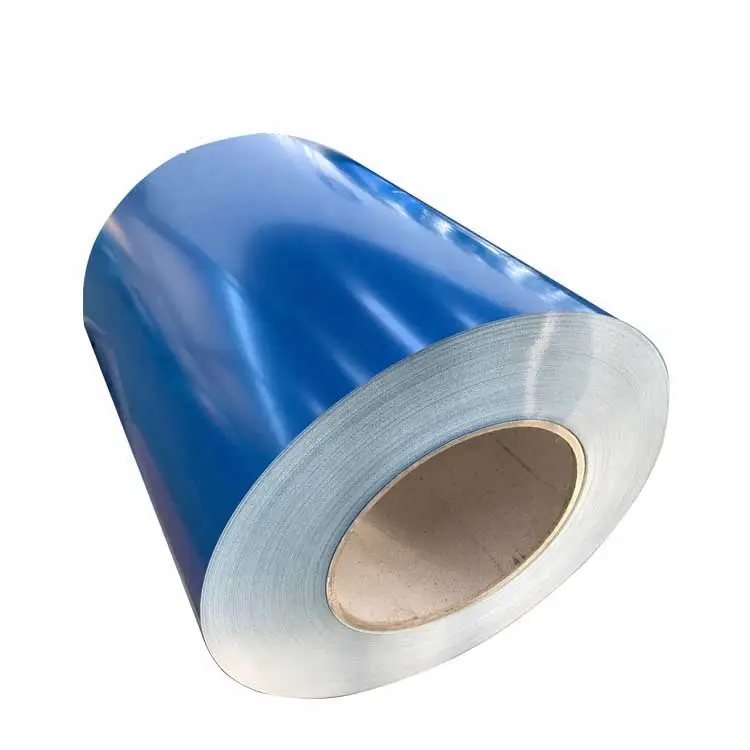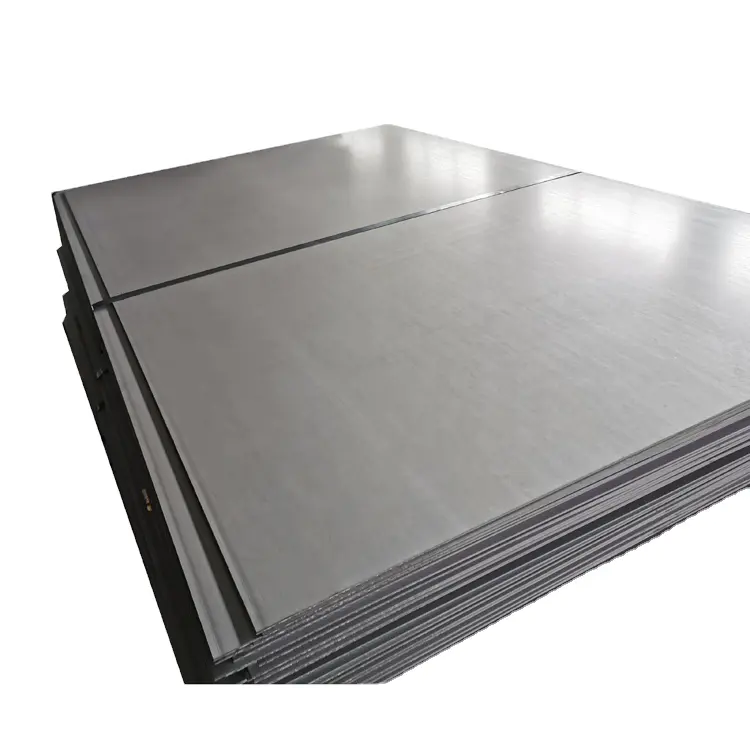Steel structures are integral to modern construction and engineering, offering strength, durability, and versatility across various industries. Understanding the different types of steel structures is essential for professionals in architecture, civil engineering, and related fields.
The Four Types of Steel Structures
-
Frame Structures
Frame structures consist of interconnected beams and columns that form a rigid framework to support loads. These structures are commonly used in buildings where stability and load distribution are critical. The design allows for flexible interior spaces and is often employed in multi-story commercial and residential buildings. Frame structures rely on the rigidity of connections to resist forces such as wind and earthquakes. -
Truss Structures
Truss structures are composed of triangular units made from straight members, which work together to bear loads efficiently. This configuration minimizes material use while maximizing strength, making truss structures ideal for long-span applications. They are frequently found in bridges, roof systems, and towers, where their lightweight nature and high load-bearing capacity are advantageous. -
Arch Structures
Arch structures utilize a curved design to transfer loads laterally to supports, such as abutments or foundations. This shape enables the structure to handle compressive forces effectively, reducing the need for additional reinforcement. Arch structures are often used in bridges, tunnels, and large entrances, where their aesthetic appeal and structural efficiency are valued. -
Space Frame Structures
Space frame structures are three-dimensional frameworks made of interlocking struts in a geometric pattern. They provide large, column-free spans and are known for their lightweight and high strength-to-weight ratio. These structures are commonly applied in airports, sports arenas, and exhibition halls, where expansive coverage and minimal obstructions are required.
Applications of Steel Structures
Steel structures are utilized in diverse sectors due to their adaptability and performance. Frame structures are prevalent in office buildings and industrial facilities for their ease of construction and modification. Truss structures support infrastructure like railway bridges and aircraft hangars, offering durability under dynamic loads. Arch structures are employed in historical monuments and modern viaducts, combining form and function. Space frame structures cover large areas in convention centers and greenhouses, enabling innovative designs with efficient material use.
Comparative Analysis
A comparison of the four types of steel structures highlights differences in design, efficiency, and suitability for specific scenarios. Frame structures provide flexibility for interior layouts but may require more material for high-rise applications. Truss structures offer excellent strength with minimal weight, though they can be complex to fabricate. Arch structures excel in handling compression and adding visual interest, but their curved design may limit certain architectural options. Space frame structures allow for vast, unobstructed spaces and are highly efficient for large spans, yet they involve higher initial costs and specialized construction techniques. This analysis assists in selecting the appropriate type based on project requirements, such as span length, load conditions, and budget constraints.
Frequently Asked Questions (FAQs)
-
What are the main advantages of using steel structures?
Steel structures offer high strength, durability, and resistance to environmental factors. They allow for rapid construction and can be recycled, contributing to sustainability. -
How do frame structures differ from truss structures?
Frame structures use beams and columns to create rigid frames suitable for buildings, while truss structures rely on triangular units for efficient load distribution in long-span applications like bridges. -
Are arch structures only used for aesthetic purposes?
No, arch structures are primarily functional, as their curved design efficiently manages compressive forces, making them suitable for bridges and tunnels where load distribution is critical. -
What factors influence the choice between space frame and other structures?
Key factors include the required span, load-bearing capacity, construction timeline, and cost. Space frame structures are preferred for large, column-free areas but may not be economical for smaller projects. -
Can steel structures be used in seismic zones?
Yes, steel structures can be designed to withstand seismic activity through flexible connections and ductile materials, as per engineering standards.

